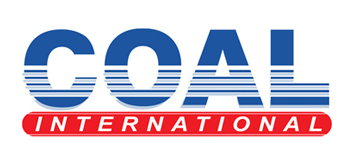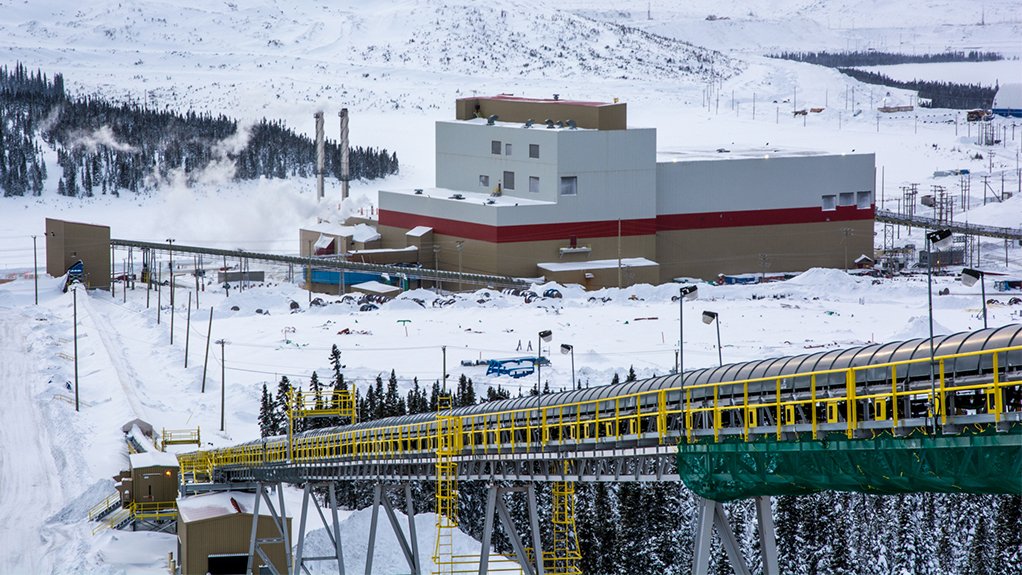Toronto- and Sydney-listed Champion Iron has maintained stable sales volumes in the third quarter ended December 31, despite encountering a 14-day rail outage and other operational challenges at its Bloom Lake mine, in Quebec, Canada.
During the quarter, a 14-day outage at Bloom Lake’s load-out facility halted rail haulage from December 3 to December 17, impacting production and leading to an increase in stockpiled iron-ore concentrate. The port operator at Sept-Îles also used this period for maintenance on its ship loader. Additional disruptions, including a landslide affecting rail service and a minor train derailment, further strained shipments.
Despite these challenges, Champion reported sales volumes of 3.3-million tonnes of high-grade ore remained stable both quarter-on-quarter and year-on-year.
“Our workforce demonstrated their responsiveness and ingenuity during the breakdown of a critical piece of equipment in the period. While events inevitably impacted quarterly results, Bloom Lake has proven its operational stability in the last several years, providing the foundation to grow our position as a leading high-purity iron ore producer,” said Champion Iron CEO David Cataford.
Champion produced 3.6-million wet metric tonnes (wmt) of high-grade iron-ore concentrate during the quarter, a 10% decline from the 4-million wmt produced in the same period in 2023.
The company said stockpiled iron-ore at Bloom Lake will decrease as new railcars and additional rolling stock improve shipment capacity.
Mining operations achieved a record-breaking milestone, with 20-million tonnes of material mined and hauled during the quarter, which is an increase of 10% year-on-year. This was driven by improved mining equipment usage, with newly commissioned haul trucks and loading equipment enhancing performance. The stripping ratio rose to 0.94, up from 0.62 in the prior-year quarter, indicating increased waste removal.
Ore milled during the quarter totalled 10.3-million tonnes, reflecting a 7% decline compared to the same period in 2023. This reduction was attributed to higher ore hardness, which impacted milling capacity and iron recovery rates, as well as the timing of maintenance activities during the rail haulage disruption. Iron recovery for the quarter averaged 79.1%, down from 81.4% a year earlier.
Meanwhile, Champion is continuing to advance its direct reduction pellet feed (DRPF) project, which remains on track for commissioning by the calendar year-end.
“Our DRPF project continues to advance towards an expected commissioning in December 2025, further aligning our company with the green steelmaking transition which supports higher pricing premiums for our products,” said Cataford.
“Additionally, the rare quality of our high-purity iron-ore resources, local support and operational expertise enabled our company to attract global industry leaders as partners for the Kami project.”
In December, Champion formed a partnership with Japanese steelmaker Nippon Steel and trading house Sojitz to buy a 49% stake in the s Kami project for A$245-million.
Nippon and Sojitz will hold a 30% and 19% stake respectively in the iron-ore project and share development and construction costs based on their share in the mine.
Kami is also expected to receive as much as A$490-million) through future contributions from Nippon and Sojitz.
“This newly formed agreement provides an opportunity to further evaluate the Kami project, including initiating a definitive feasibility study, which is expected to be completed by mid-2026,” said Cataford.



